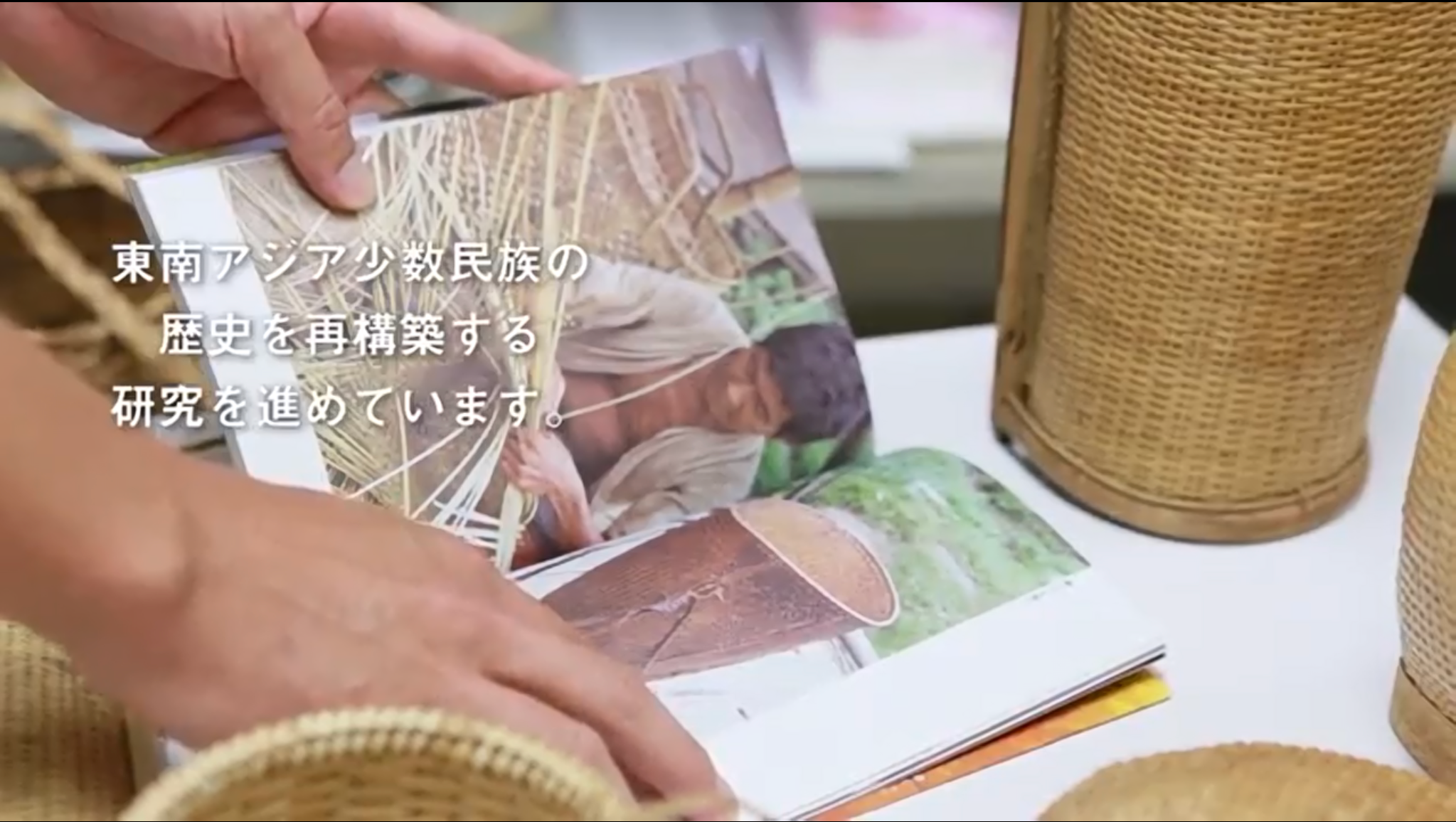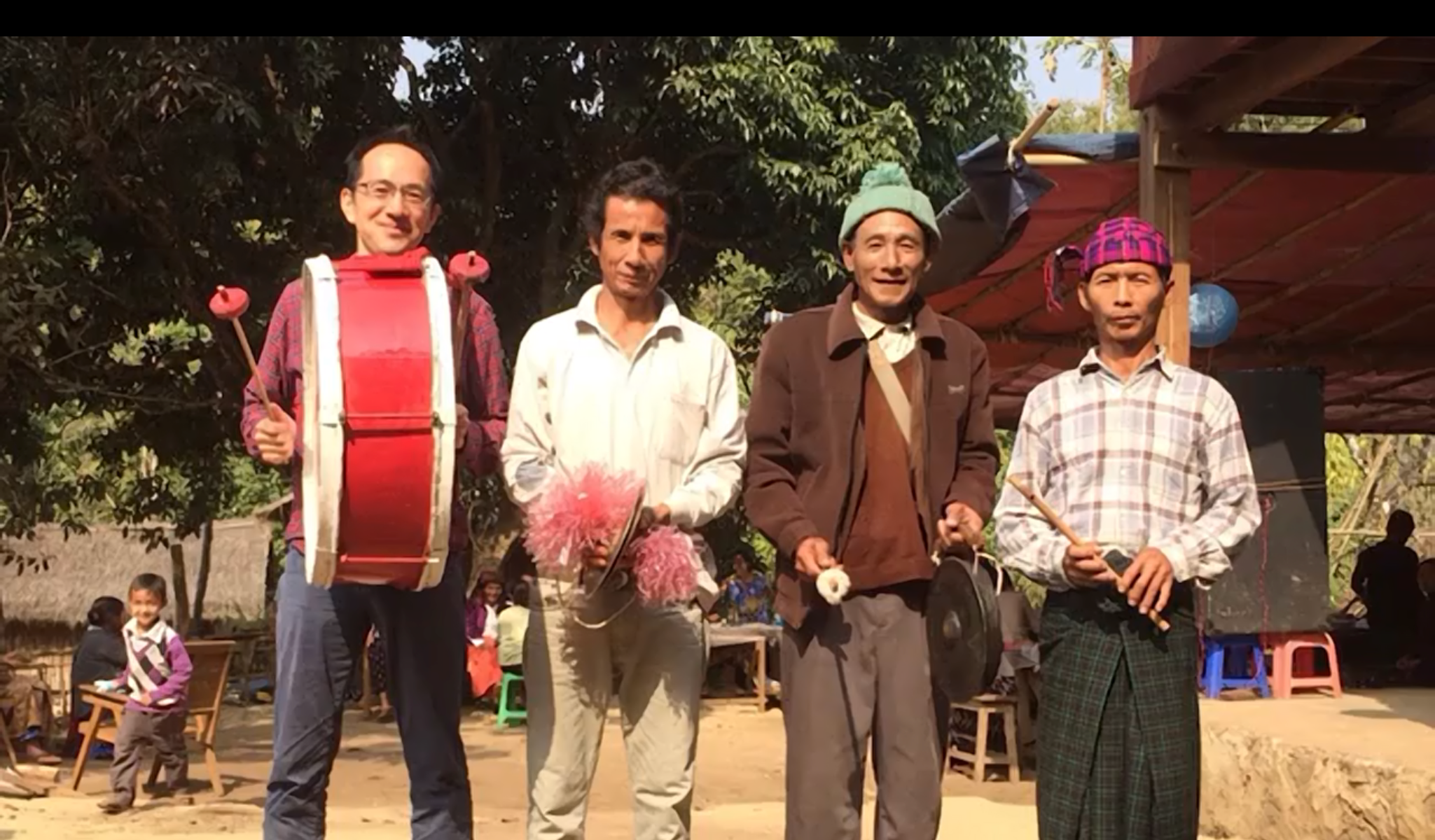







Home > Research > Research Overview > 2017 > Faculty of Humanities and Social Sciences
Associate Professor of Southeast Asian History
Masao Imamura

My research is primarily focused on minority ethnic groups in Asia. A multitude of ethnic groups live on Earth, and there are said to be more than 7,000 different languages being spoken. Southeast Asia, in particular, has striking linguistic diversity, with about 2,000 languages in use, while there are only 12 countries in the region. More than 700 different languages have been identified in Indonesia alone. Many Southeast Asian countries even acknowledge two or more official languages. I have been fascinated by such linguistic and cultural diversity. That is why I became a scholar.

The geographic area that I visit most frequently is a mountainous region in northern Myanmar. In this region, the Burmese language is used at schools and government offices. At home, however, many speak their own language, different from Burmese (e.g., Jinghpaw or Shan). Various languages spoken by minority groups coexist in the region. Many children use three different languages every day—the language spoken at school, the language spoken in their neighborhood and the language spoken at home. This is somewhat hard to imagine for those of us in Japan, but one can think of it as multicultural practice.

The mountainous region in northern Myanmar shares borders with China’s southwest and India’s northwest, so I sometimes visit those areas in these neighboring countries as well. There, as compared to Myanmar, the number of speakers of minority languages appears to be on a gradual decline. Why are there such differences from one country to another, even though they neighbor each other? I seek to answer such questions, using both archival research and field work.